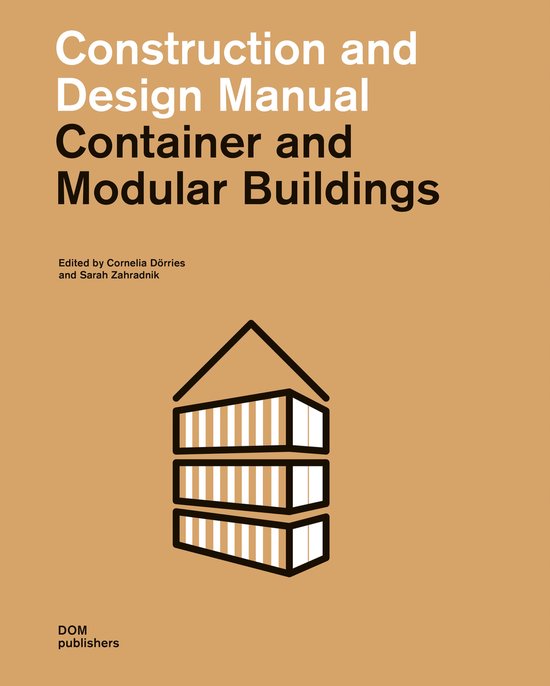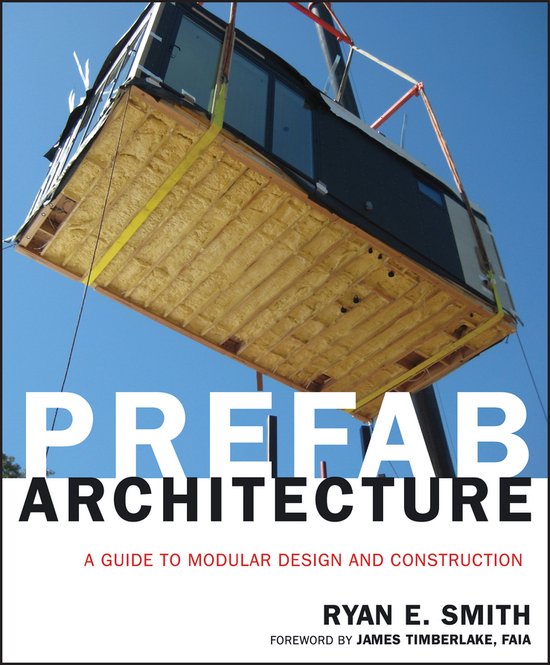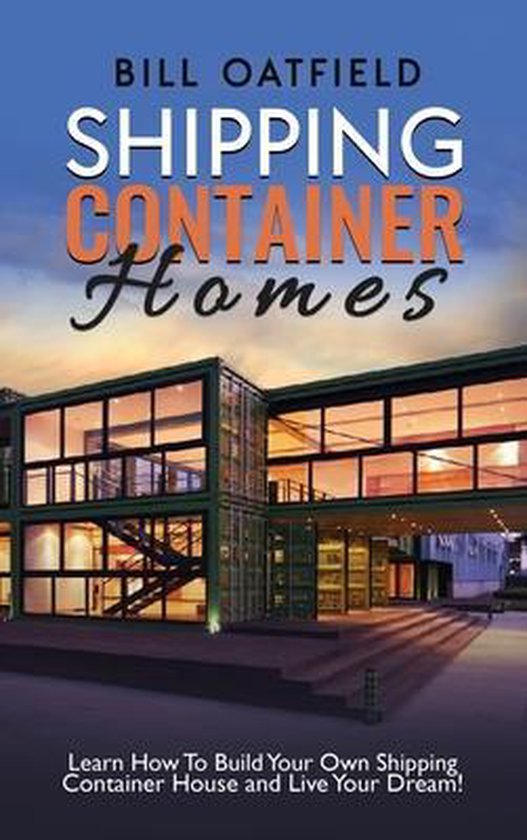
Container and Modular Buildings
An in-depth look at how tent cities and containers could possibly be the best short-term housing solution for displaced persons.
Prefabricated housing is a pressing issue – for those looking for affordable homes as well as for refugees fleeing wars or natural disasters. In common with politicians, architects were caught unawares by the largest wave of migration since the end of the Second World War. However, are tent cities and containers the best solution for cheap, dignified, and quickly assembled accommodation for displaced persons? This challenging situation, along with the changing urban landscape, with its ever-diminishing space, calls into question existing standards in relation to serial housing. Bold and unconventional ideas are called for if architects are to offer high-quality solutions. From eccentric experiments all the way to projects that have already been realized, international design teams present their work between the twin poles of unconventional developments and life-saving shelters in this volume spanning more than 250 pages. Introduced with articles on design principles, and divided into three sections according to the form the structures take when delivered – cuboid, panels and custom units – the book covers everything from playful follies to architectural constructions for the homeless and outpatient medical stations which offer a response to social problems and space shortages. The text, photographs and plans put forward ideas as to how more can be done than the mere assembling of containers. Should we not first consider notions bordering on the absurd in order to come up with workable solutions for housing today?
Prefabricated housing is a pressing issue – for those looking for affordable homes as well as for refugees fleeing wars or natural disasters. In common with politicians, architects were caught unawares by the largest wave of migration since the end of the Second World War. However, are tent cities and containers the best solution for cheap, dignified, and quickly assembled accommodation for displaced persons? This challenging situation, along with the changing urban landscape, with its ever-diminishing space, calls into question existing standards in relation to serial housing. Bold and unconventional ideas are called for if architects are to offer high-quality solutions. From eccentric experiments all the way to projects that have already been realized, international design teams present their work between the twin poles of unconventional developments and life-saving shelters in this volume spanning more than 250 pages. Introduced with articles on design principles, and divided into three sections according to the form the structures take when delivered – cuboid, panels and custom units – the book covers everything from playful follies to architectural constructions for the homeless and outpatient medical stations which offer a response to social problems and space shortages. The text, photographs and plans put forward ideas as to how more can be done than the mere assembling of containers. Should we not first consider notions bordering on the absurd in order to come up with workable solutions for housing today?
| Auteur | | Cornelia Dorries |
| Taal | | Engels |
| Type | | Paperback |
| Categorie | | Kunst & Fotografie |





